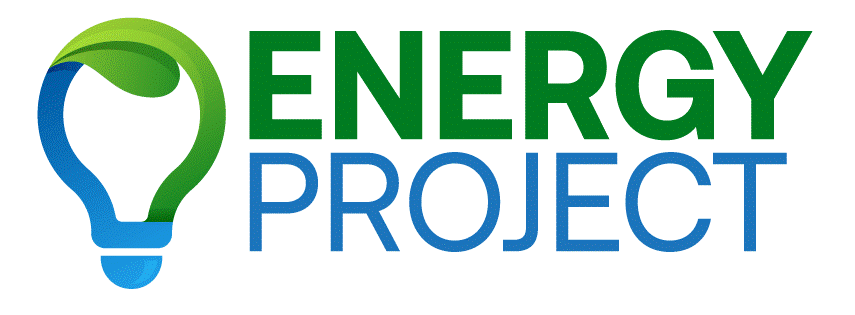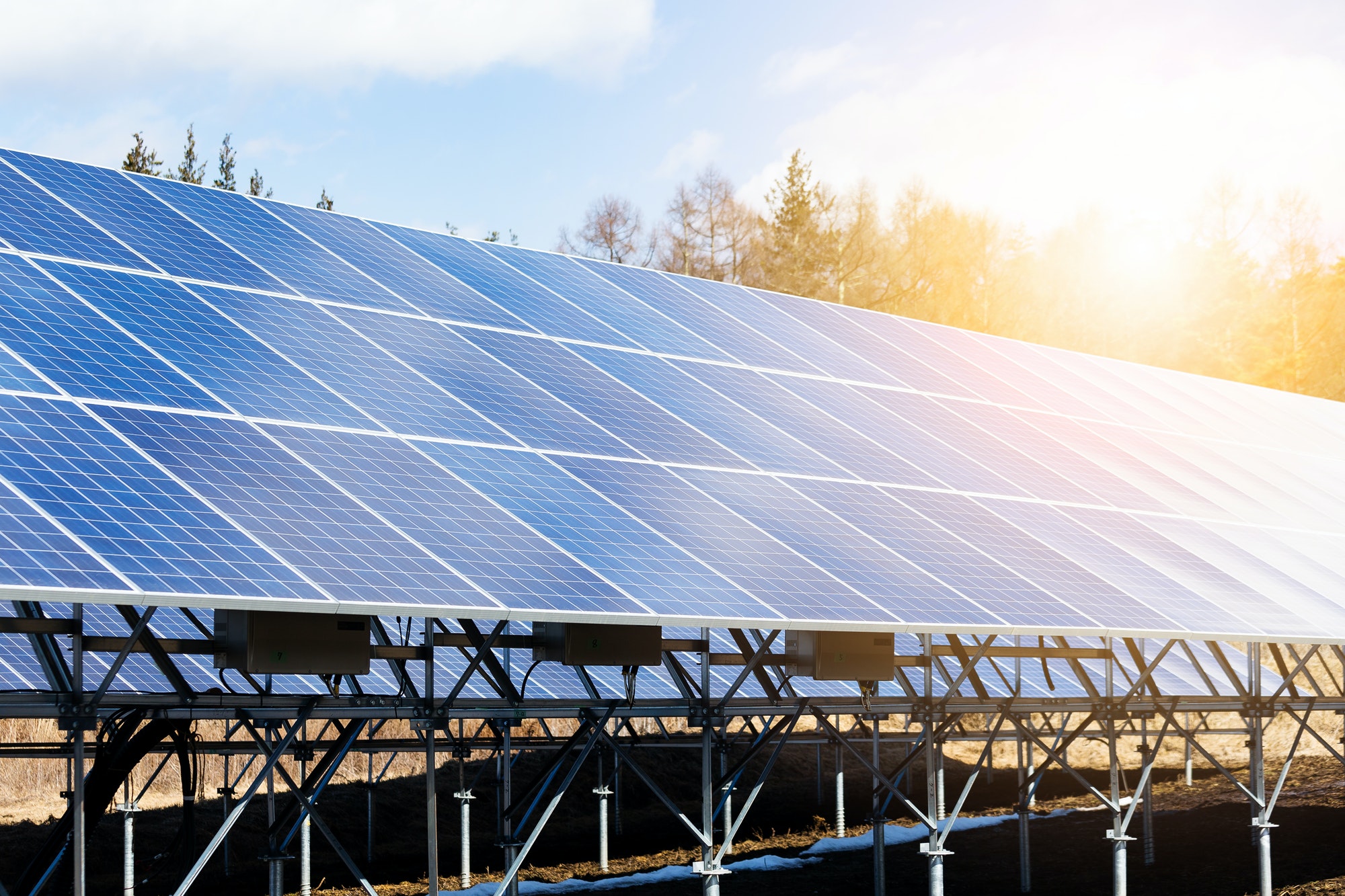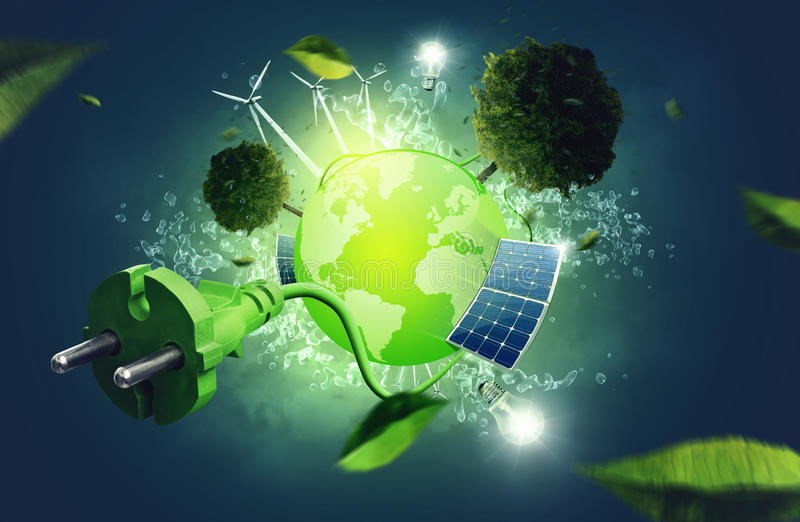Guide to Photovoltaic panels
manager
23 May 2023
Recent Post
Do you have any questions?
Feel free to contact us with any questions, comments or concerns you may have.
Photovoltaic systems are systems that collect solar energy and convert it into electricity.
The solar energy that reaches the Earth every day is enough to supply all of humanity’s electricity needs for many days. Our country, Greece, is the land of constant sunshine. If, in theory, our country were covered to a significant extent by photovoltaic systems, it could supply all of Europe’s energy demand.

Photovoltaic systems in Greece are and will always be beneficial! Their cost has dropped dramatically and the sunshine in our country makes them an excellent investment with (tariff) or without subsidies (stand-alone PV, net metering, net metering with batteries).
There are 3 ways to make smart, ecological and economical use of the sun and photovoltaics in Greece:
- Become a self-producer of energy (net metering) with photovoltaic panels and consume the electricity you produce while at the same time you will be connected to the public grid (PPC).
- The ‘photovoltaic rooftop’ scheme whereby a photovoltaic system is installed and all the electricity is sold to the PPC which compensates the user on the basis of a feed in tariff.
- The installation of an autonomous photovoltaic system with which you consume the electricity you produce while you have the ability to disconnect from the PPC (with batteries you get electricity when there is no sunshine – off grid / stand alone pv).
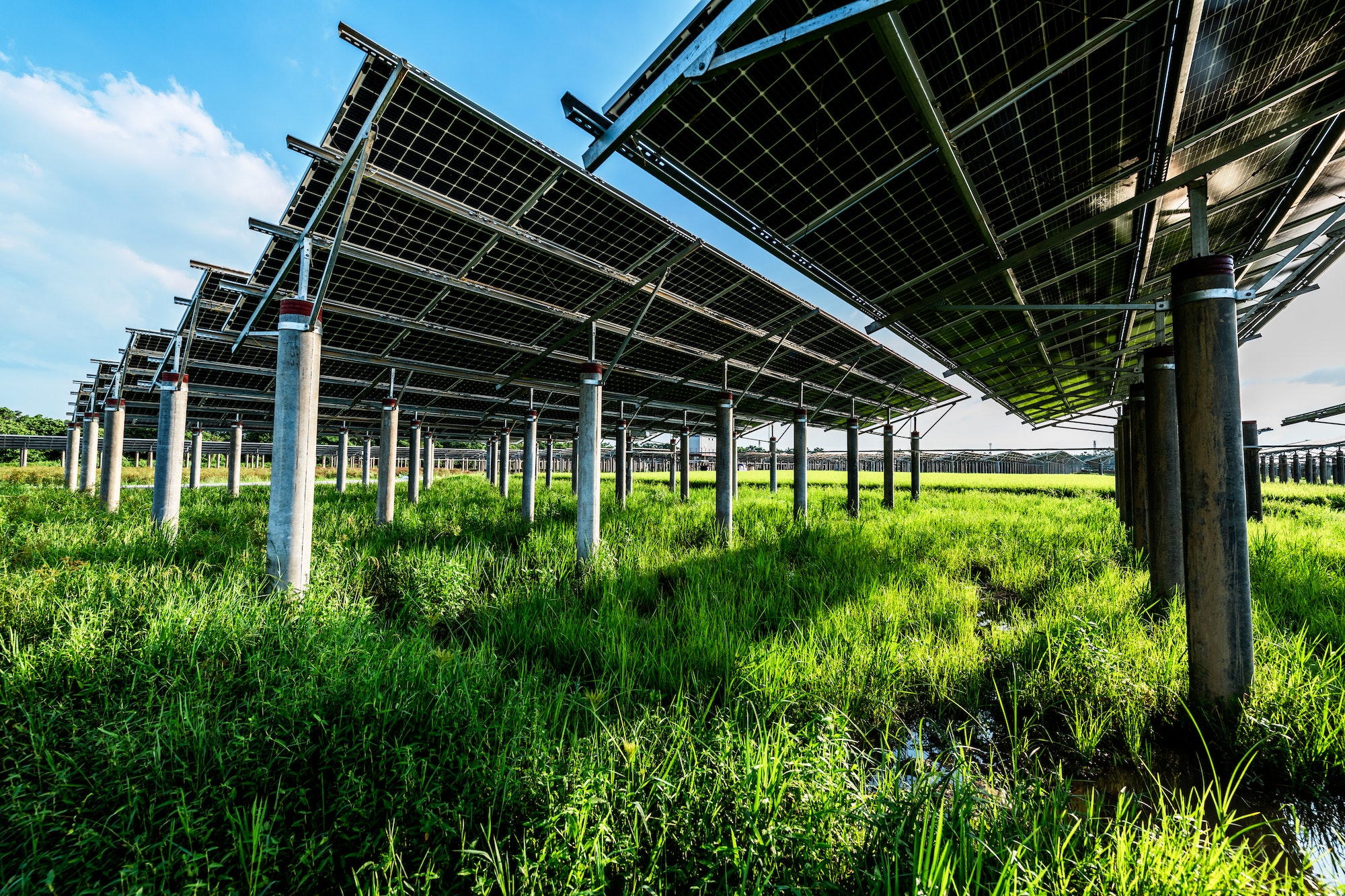
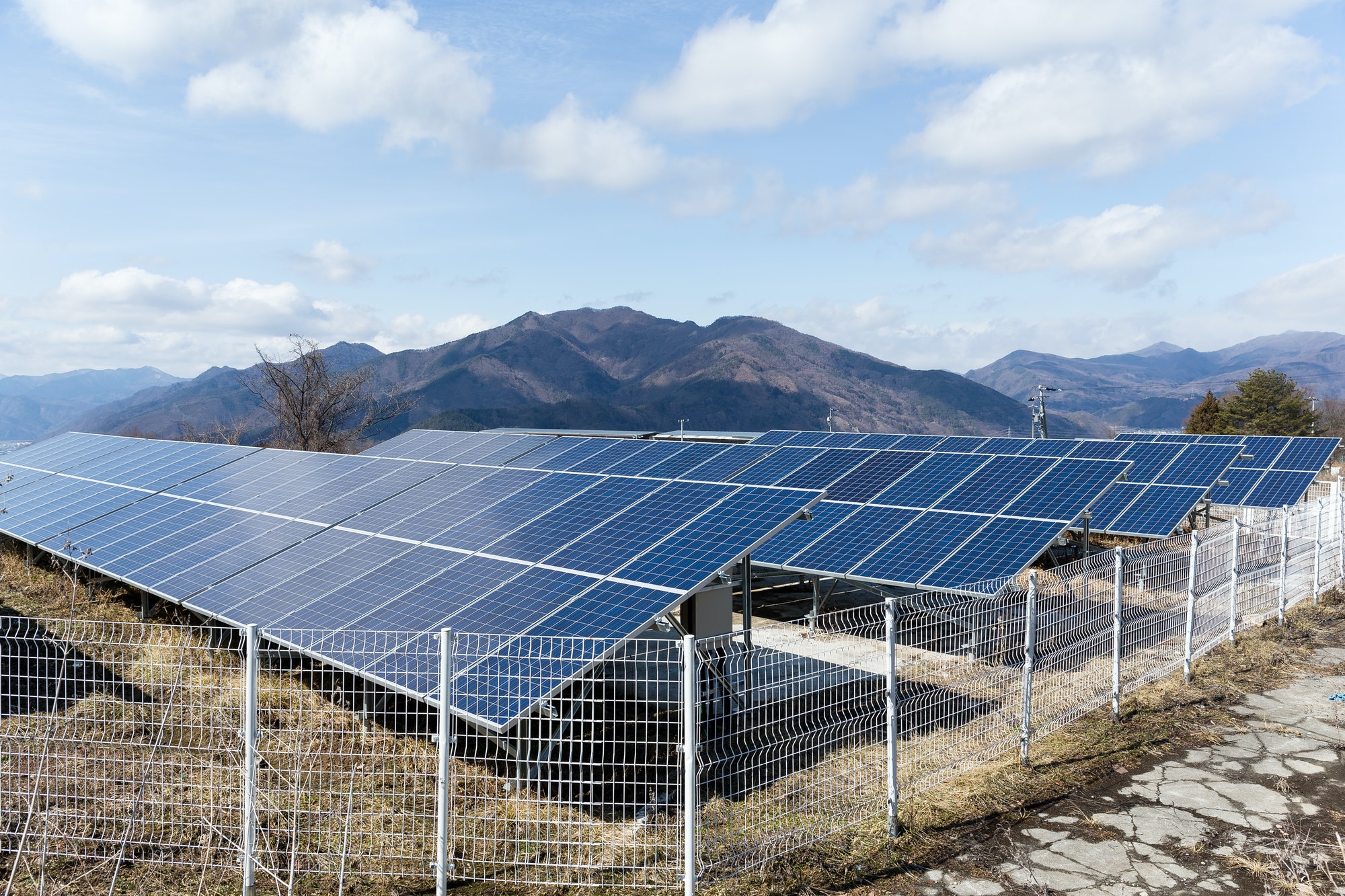
The photovoltaic effect describes the process in which specific materials exposed to solar energy produce electricity. Briefly, when photons are incident on a p-n-p type semiconductor contact (with different impurities in each p-n segment), a polarisation-movement of holes-electrons in opposite directions to each other is created, a movement which constitutes the production of electric current.
The photovoltaic phenomenon has been known to the scientific community for almost 200 years, but the discovery of materials to make this conversion efficient and economically feasible has only occurred in the last few decades, mainly due to the need to provide electricity to satellites in orbit. Suffice it to say that common polycrystalline silicon photovoltaic wafers have an efficiency of only 15%, while the cutting edge of photovoltaic conversion technology is currently hovering somewhere around 30% (obviously there are materials with higher efficiencies but they are not yet economically viable on a large scale).
Types of photovoltaic panels
Depending on the type of photovoltaic system, we have the stand-alone systems (off-grid or stand alone) where the energy is stored in batteries and from there the energy is fed to the user whenever there is a need and the interconnected (on grid or grid connected) where the energy is injected into the PPC network.
Photovoltaic systems do not harm the environment and their cost is now very low. It is typical that the cost of a photovoltaic panel 10 years ago was 800€ while today it is only 200€.
Interconnected Photovoltaic Systems
The main feature of interconnected photovoltaic systems is the interconnection with the public grid (PPC). The building has or is to be connected to the PPC and usually the aim of the installation is to save energy and therefore money. They can be divided into two categories: i) tariffed photovoltaic systems and ii) self-production or self-consumption (net metering) photovoltaic systems.
Interconnected PV systems consist of the panels and an inverter interconnecting to the grid. There are also two meters for incoming and outgoing energy, which, depending on the case, are either ‘accounting’ (tariff systems) or energy (self-production).
Photovoltaic Systems With Tariff
In the last decade the majority of photovoltaic plants in Greece have been interconnected with a feed in tariff. This is due to the very encouraging subsidies that have been given so far by the state and the EU, either by subsidizing the initial capital or the price of the electricity sold by the individual. Consequently, the installation of an PV plant, in addition to the significant benefits it has for the protection of the environment, as it exploits a Renewable Energy Source (solar), is a guaranteed and profitable investment.
In these systems we have “accounting” energy offsetting (the readings of the two meters are converted into money and subtracted from each other, the difference is credited to the consumer).
Photovoltaic systems are mainly installed on residential consumers, in industries-industries or on agricultural land (parks). In the past decade, the vast majority of photovoltaic systems installed in Greece were in parcels of land. In recent years, however, especially after July 2009 when the Ministerial Decision on domestic photovoltaic systems on roofs and terraces was adopted, more and more domestic consumers are installing them in their homes.
This shift to home systems is due on the one hand to the subsidy in the price of the electricity produced and the fact that the income is tax-free and guaranteed for 25 years and on the other hand to the fall in the price of photovoltaic panels, which has made the investment particularly attractive and affordable. Suffice it to mention that with a capital of 9,000 € a household can secure up to 900 € annual tax-free income guaranteed for 20 years.
Larger systems on parcels of land enjoy lower tariffs but due to economies of scale the return on investment is excellent.
Even with the new reduced tariffs the return on an investment in rooftop PV pays back the initial capital in less than 9-10 years.
Self-Production of Energy with Photovoltaics
Since October 2013, the possibility of self-consumption of energy produced from RES and its offsetting with the energy consumed from the public grid has been a law of the Greek state.
In this case we have the energy offsetting of incoming and outgoing electricity.
In short, using two meters, the energy produced by the PV is subtracted from the energy consumed by the user from the public grid. The scheme of self-generation has been used for many years abroad with excellent results for the user and the public grid.
Distributed autoproduction has many advantages, mainly the reduction of transmission losses but also the relief of households and companies from high energy costs. Suffice it to say that 5-8.000 € can cover the electricity needs of an average Greek home for 25 years.
Since January 2015, the long-awaited Ministerial Decision has been signed which defines the details of the self-production programme.
The power limit is set at 20kWp and if the agreed power is large at 50% of this. The offset is annual and part of the fees are included.
The basic parts of a net metering system are the same as a tariff system (PV and interconnection inverter).
The way of calculating a self-production system consists of a thorough study of the building’s electricity consumption and a reverse calculation of the required capacity of panels that will produce the above data.
The payback of a photovoltaic net metering system can, depending on its size, be done in less than 5-6 years. For example a 20kWp PV system costing less than 20,000+VAT will save over 30,000kWh per year i.e. over 4,000€. And if we are talking about a business (hotel) which will deduct the capital of 20.000€ then the payback is much shorter.
